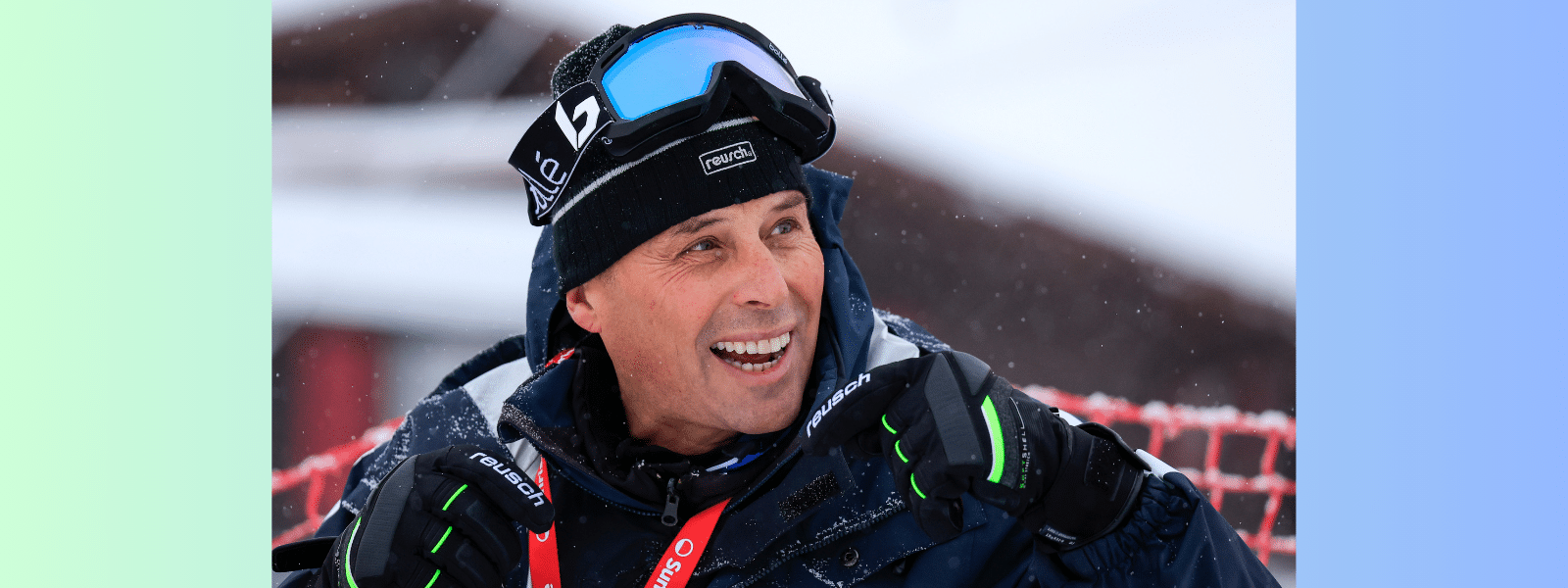Why Irish Links Golf is Like Skiing in the Alps
Only the Scots could invent a game such as golf. Fiercely independent, with a bent toward masochism, the Scots devised a game so fiendish that it guaranteed suffering on a par (so to speak) with any of the popular medieval instruments of torture. Using the fetching sand dunes that “link” the ocean with the tillable land as the site, Scottish links golf appears so easy (the ball isn’t even moving when you hit it), yet is so frustratingly difficult that even Mel Gibson in his Braveheart role would be reduced to a whimpering puddle of tears after the first hole. And as Robin Williams said in one monologue, mimicking the fictional inventor of the sport, “And you do it 18 f&@*g times, laddie.”
I felt a bit queasy and my hands were shaking as I stood on the first tee at the Royal Port Rush Golf Course in Northern Ireland. The fairway looked like an impossibly narrow, green ribbon undulating toward a distant flag, pummeled by a relentless onshore wind. Impenetrable fields of dark green gorse, purple heather, and thick grass framed the fairway, giving way to the North Sea beaches on one side and green patchwork pastures on the other. A small gallery of club officials in knickers and kneesocks and local club members, next off the tee, had assembled to assess whether my three friends and I were ready for the rigors of one of the toughest links courses in Europe.
I was lucky this time. My drive started down the left side, and the wind pushed it into the middle of the fairway. My friends, being “real” golfers, followed suit with drives down the center, and all of us breathed a collective sigh of relief as we marched off in pursuit of our first European golfing adventure.
We soon discovered that much like skiing in the Alps, Irish links golf represents the sport’s purest form. The fairways and greens are tucked amongst the heather and gorse of the rolling seaside dunes, using the natural terrain in a manner so subtle, it’s difficult to even notice the presence of these world’s best courses. No condos line the fairways, there is no trace of development, and the views of the ocean and pastoral countryside are uncluttered.
Americans skiing in Europe for the first time are often struck by how rugged the experience can be. Grooming is minimal, base lodges are nonexistent, trails are unmarked, and weather and snow conditions can vary dramatically. And so it is with golf. Don’t even think about a cart — they’re not available. The only distance marker is on the tee, if you can find it. Blind shots are routine on nearly every hole, and a caddie is worth his weight in pounds. “Aim just right of the church spire there, laddie,” a caddie might say, or if asked if it’s possible to reach the green with a seven iron, he might reply, “Aye, laddie, it’s possible — eventually.” The bunkers are cavernous and plentiful, topped by snarling, over- hanging lips. And what would the members of an American club say about the condition of the rough at their home course if it gobbled up every errant ball like the Irish heather and gorse?
As Tiger Woods might have testified playing the third round of one year’s British Open in a howling hurricane and shooting an 81, golf is to be played regardless of weather conditions. My companions and I started one round on a particularly exposed ocean-side course in a driving rain. Looking like Maine lobstermen with all our rain gear, we slogged our way around two holes, but fortunately the skies then magically cleared. Despite the earlier downpour, the course was full of cheery golfers, seemingly oblivious to the miserable conditions. The Irish might agree with Alaskan skiers who proclaim, “There is no bad weather here, only bad clothes.”
But the fairways are close-cropped and lush; the greens, consistent and true. Play well and you’ll score well; make a few errant shots, and you will never admit your score, even after joining the local club members for a few too many pints of stout after the round. In links golf, there is no playing down an adjoining fair- way, no putting out of sand traps, no free lunches. A good score on the card is well earned.
Much like skiing the Alps, European links golf represents the ideal environment to learn every nuance of the game for young enthusiasts. And unlike most elite courses in the U.S., youngsters are welcome and encouraged to play in Ireland. The costs are minimal, courses are plentiful, and competition abounds, attracting young Padraig Harringtons from every economic strata.
We seem to like our games a bit more sanitized here in the U.S. — a “keep the rough cut short, groom out the moguls, ride the golf cart” mentality. As the self-proclaimed king of the corduroy and prince of playing down the wrong fairway, I certainly can relate to that attitude. But it sure is fun to up the ante every now and again and take on a new challenge (provided you don’t put too much stock on your score). It’s a learning experience that’s guaranteed to improve your game. In skiing the Alps, you can only hope to learn to adapt before your legs fall off, and in the case of Irish links golf, that your game evolves before you run out of golf balls, and/or, oh yes . . . patience. You can always blame it on the Scots.
Note: This piece is reprinted with permission from Bill McCollom. Read this and many more original takes on the sport in “The View from the Finish Line,” a 222-page paperback collection of McCollom’s contributions to Ski Racing, now available for $20 from Enfield Publishing.





















